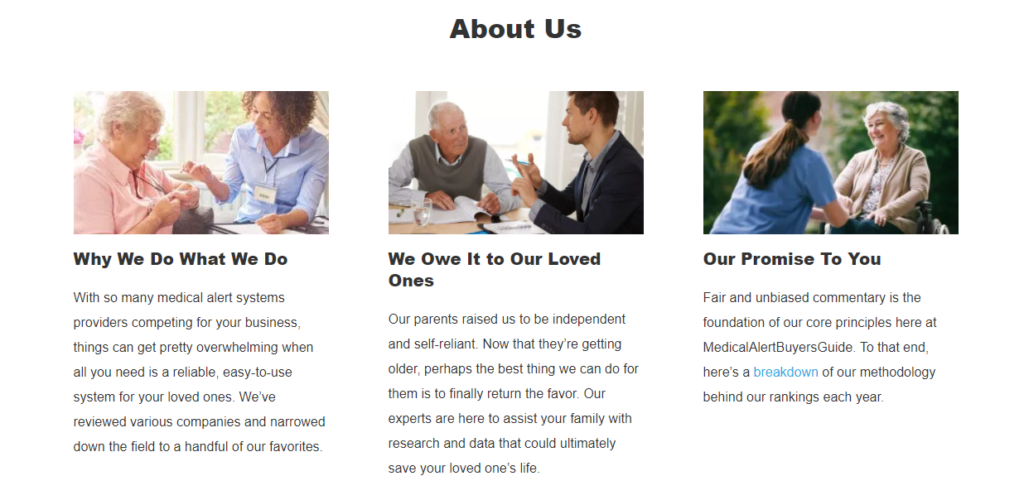Intro
Imagine this scenario. It’s 07:30 AM, and you’re sitting in your favorite coffee shop, waiting for your friend to come and join you.
You take a sip of coffee and a bite off of your favorite croissant.
You think to yourself how the day couldn’t have started any better. Through the window, you see your friend coming, and you think to yourself how great it’s going to be to catch up with him.
You haven’t seen him in two years.
He is avoiding eye contact and sits across you with his hands folded protectively and says:
“Dear Sir,
We are remarkably fortunate to have this meeting because nurturing connections is very important to me because we want to spam you with our amazing offers. Please, don’t ask us any questions, just let us do this alienating monologue and presentation of our products. At the bitter end of this long presentation, we’ll give you a special bonus that we basically give to everyone, but we’ll pretend you are special! So, let us start with our amazing Elite Tool 9000 Drill Ladder Hammer All In One…”
This scenario would never happen in real life. So why do our e-mails and blogs look like this?
The Dont’s of Writing in a Conversational Tone
Before we move on with what we should do to write in a conversational tone, let’s see first what you shouldn’t do.
- Using the first-person plural “we” instead of the first-person singular “I.”
- Difficult words
- Unnecessary adverbs
- Too formal, cold tone
- One-way street conversations
- Exclamation signs where they aren’t needed
It usually takes no more than 5 seconds for anyone to decide if an email is worth reading or not.
So you need to do it right, right from the beginning.
5 Ways to Write in a Conversational Tone
Content is the backbone of Digital Marketing. As a digital marketing trainer, I meet people from different backgrounds in Entrepreneurship Development Programmes.
Some of them have poor skills in English writing. On the other hand, others have an academic business background.
However, an academic writing experience doesn’t promote a casual writing style.
So, I usually tell them “Blogging is your way to express yourself freely. Write in a way that works best for you”.
And then I introduce them to the conversational way of expressing themselves.
The ones from a business or academic background, feel weird at first. They think to themselves: “I can’t write this, this is not polite.” For many of them, a conversational tone might sound disrespectful. And they don’t want that.
Writing is more formal than verbal communication. That’s a fact. However, that doesn’t negate the fact that you need to write clear, engaging, and concise content.
To achieve that, I’ve prepared a few tips to help you change the way you write.
Overall, a conversational tone will make your content more and shift you in the right direction for the best results.
So here’s how to do it.
1. Kill the Academic Writer in Yourself
Somehow, when I write, I often find myself writing complicated, long sentences.
While this is natural to happen sometimes, there are some standard phrases I never write. I’ve replaced them completely in my writing vocabulary.
| Inflated ❌ | Concise ✔️ |
| along the lines of | like |
| at the present time | now, currently |
| in the event that | if |
| on the occasion of | when |
| have the ability to | be able to, can |
Your average reader will get lost in complicated sentences that use a lot of inflated phrases, which is why you should have a clear sentence structure.
Also, don’t forget to use contractions (e.g., has not – hasn’t).
Tips to simplify your writing:
- Don’t use passive voice
- Simplify your hard-to-read sentences
- Cut the adverbs to a minimum
- Use simple phrases
To make my life easier with these points, I use a writing editor, like the Hemingway App
It’s a perfect little tool, and it’s completely free!
2. Write to a Friend
I’ve spent hours trying to write good content.
There were days where I’d write until 3 AM to finish a blog post. Then, I’d upload it to my website, and share it on social media.
I’d wake up the next day, expecting to see many comments, shares, and a much-anticipated traffic spike. Many times, however, none of these happened.
It took me dozens of blog posts to realize what was happening. It was all my English teachers’ fault!
Our teachers taught us to be formal and how this is very important.
While formal writing is important in specific scenarios, such as politics, legal notices, and business, it’s not good for blogging.
So this is what I did to start changing the way I write.
Imagine a friend who is your only reader. A friend that only he knows about your blog.
When writing to a group of people, you don’t establish any personal connection.
On the other hand, corresponding to only one person makes you seem warm and approachable. It’s like you are friends.
Here is an example:
“For those who haven’t taken action, the offer is available until Tuesday.”
It won’t have the same effect as if you wrote for a single person.
“If you are interested in learning more, you can find all the details here.”
Much better, isn’t it?
Think about who your audience is. You need to adapt your conversational tone to them. If you’re writing to extreme water sport enthusiasts, it won’t be the same as writing to retirees looking for a vacation.
And like Neil Patel said, “As far as writing style goes, your best bet is to blend a conversational tone with professional information.”
3. Use “I,” “You” and “We”
Remember the second tip? Write to a friend. Well, since you are writing to a friend, use the pronoun “you” as much as possible. Refer to yourself as “I.”
Example:
“Why don’t people see the results they want after hard work?”
and
“Why are you not seeing the results you want after hard work?”
Simple enough.
A good example is Medical Alert Buyers’ Guide’s blog on setting up senior telehealth. They even apply this on the Abot Us section on their homepage:

4. Give the Reader Space For a Dialogue or Discussion
A conversation is a two-way street. Keep your comments open on your blog. If you don’t like comments, find an alternative. I suggest using Facebook Pages or Groups.
From personal experience, I’ve found Closed Facebook Groups to be fantastic for engagement.
You might like talking to like-minded people, but you don’t want your friends to see all your comments. Especially if they don’t understand or don’t share the same passion for something.
There is a downside to keeping the group privacy closed. It’s no increased reach. In a public privacy setting, your friends will see you commenting on some groups and might decide to join.
Your readers will bring value. Some of my best blogs came from the reader’s suggestions. Not only that but they might shed light on something you don’t understand. Or they might correct you on something you are wrong.
So here are some actions you can add to your blog to make it more interactive:
- Subscribe to a newsletter
- Follow you on social media
- Write an answer to a question you asked in your blog
- Open links to other content on your blog
5. Be Vulnerable – Show Personality
It’s only human to be vulnerable. We react to emotions.
Think about your friends from childhood for a moment. They’ve all had different personalities. All of them have their small stories you remember them by. Some were good, some were bad.
In some, you laughed; in some, you cried.
That is how you want your readers to remember you – as a human.
Share your mistakes from the past. Let your readers learn from them. Include some of your personal preferences that have nothing to do with the blog.
Take Eminem for example.
One of the reasons he is so successful is because we, his audience, felt connected to him.
We know everything about him. We know his father left him, and about the illness his mother has. And we know about his daughter, too.
We know the kind of struggle he went through before becoming a world-famous rapper.
He shared his story, and many felt connected. They weren’t the only ones experiencing similar things.
He taught us you could defy the odds and use pain to fuel yourself to greatness.
Therefore, you should use your own stories in your writing. Show them how the story can affect them too.
Be personal; describe your thoughts and feelings.
Conversational Tone in Writing – Conclusion
Be simple. Master the art of storytelling, and connect to your audience. People don’t want to be talked at. You want to engage in conversations.
No lecture, no script, no sales pitch. More like a conversation with a friend. We need more friends in life anyway.

Jasmeet is a founder of Lessons at Startup – A blog where he shares entrepreneurial stories. He specialises in Digital Marketing and Content Writing. He is addicted to Google News, Netflix, Good Coffee and Quora .







